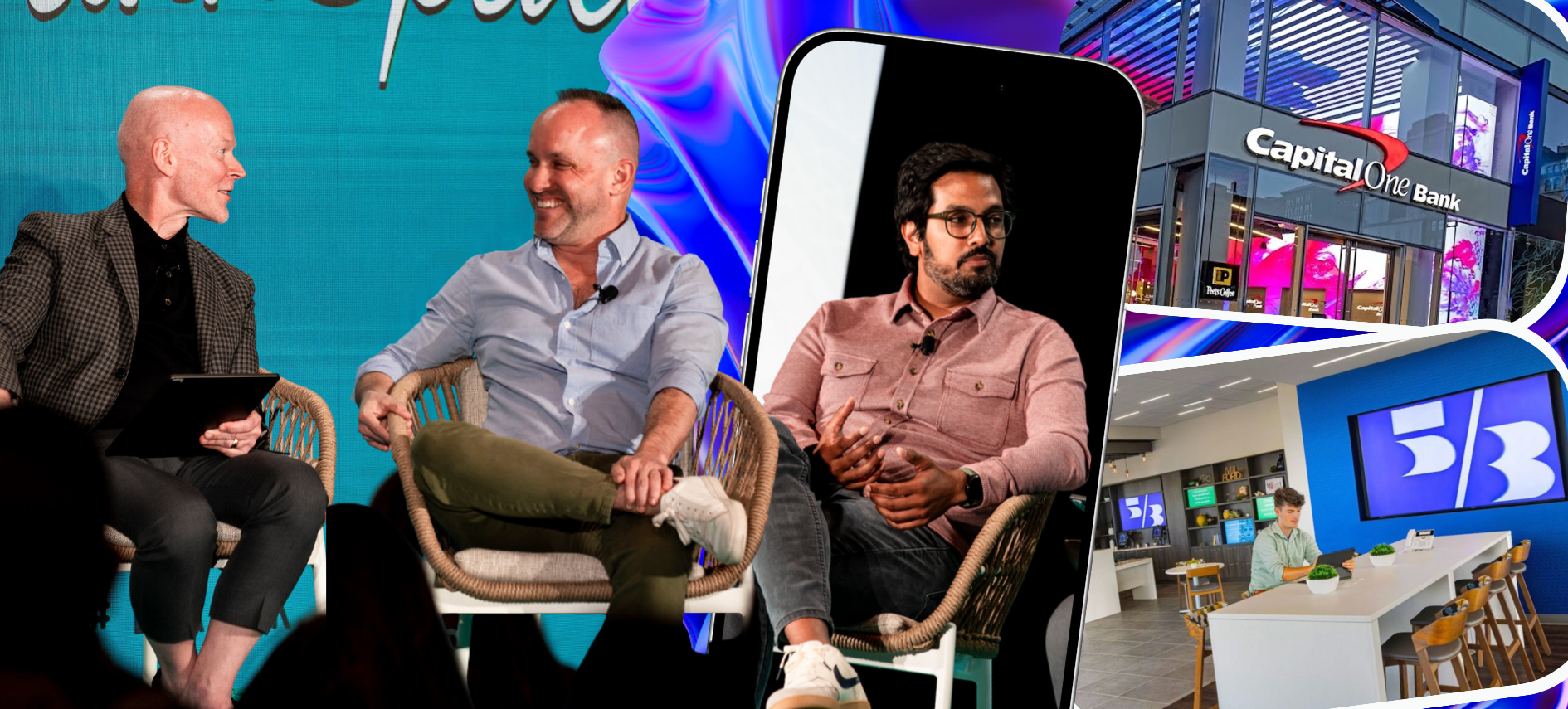Are bank branches the walking dead, or are they poised for transformation?
In a keynote at BankSpaces, financial industry expert Jim Marous tackled the provocative question: "The Branch: Dead and Alive?” – dissecting the future of physical branches in our increasingly digitized banking landscape. His prognosis? It's complicated.
Marous began by acknowledging the significant shift in banking channels, with customers embracing the digital ways they can now bank, telling attendees they need to balance the cost of physical distribution against the benefits of digital channels.
“It is hard to compete against digital neobanks if your fixed distribution costs include branches,” he said.
However, this doesn't spell the end for branches. Instead, it signals a need for change.
"Digital now is the primary channel for 9 out of 10 of our customers, with branches a supplemental channel," said Marous, co-publisher of the Financial Brand and host of the Banking Transformed podcast. “The challenge is how many branches do you need, what should they look like, and what should they do?"
Answering those questions is critical in today's banking ecosystem. Marous emphasized that each bank's branch strategy should be unique and tailored to the institution's identity and goals.
"Every one of your strategies has to be defined by the kind of company that you are and not by what a company is somewhere else,” he said. “You can't get to where you're going simply by saying, ‘I want to go south or I want to go east.’ You have to really define your destination.”
Marous highlighted the need to address several "elephants in the room,” including:
- The declining use of branches coupled with increasing digital adoption
- Branch employees' fears surrounding job security in the face of AI and online banking
- The rapid advancement of technologies like open banking and generative AI
Marous stressed the importance of communication with branch employees to alleviate fears and ensure they feel part of a bank's future. He also pointed out the need for banks to look beyond the here and now, and start considering what branches could – or should – look like 6, 12, or even 36 months in the future.
Much of his talk focused on consumers' changing expectations. Marous used examples from other industries, such as streaming services and personalized advertising, to illustrate how consumers now expect high levels of engagement and personalization in all their interactions — including banking.
"We have to continually ask them what they want," Marous said, "but not by saying, 'Do you want us to take away branches?' We have to get deeper than that. We must find out how they want to interact in all channels."
He also touched on "silent attrition," where customers maintain their primary bank account but increasingly use non-traditional financial services for specific needs. This trend underscores the importance of banks evolving to meet customer expectations across all channels, including branches.
The presentation wasn't just about challenges. Marous offered several suggestions for moving forward, from expediting new account opening experiences, leveraging AI to digitize back-office processes, utilizing data insights and conversations to determine the look and function of future branches, and considering how generative AI could transform banking interactions.
Marous emphasized the need for banks to humanize digital experiences while digitizing human interactions. He envisioned a future where AI-powered "digital twins" could revolutionize how banks understand and serve their customers and design locations to meet those needs.

A Cleveland-area native who worked at National City Bank (now part of PNC) as a young man, his message was clear: bank branches are neither fully dead nor fully alive, but in a state of transition. The branches that will thrive are those that adapt to changing customer needs, leverage new technologies, and offer value that complements digital channels.
As Marous sees it, the future of banking is not necessarily about choosing between digital and physical but about creating a seamless, empathetic, and value-driven experience across all channels. For forward-thinking banks, the branch remains a vital part of this equation — not as it was, but as it can be.
"Change sucks, but you need to embrace it,” he said. “You have to take risks. You have to do things differently."
Posted by
Branching into Tomorrow – Together.
Exploring the Future of Bank Branch Design + Technology
April 19-21, 2026 | Bonita Springs, FL




-Dec-04-2025-03-32-25-8096-PM.png)
-1.png)




Comments